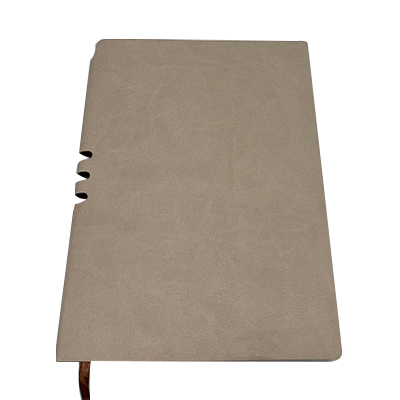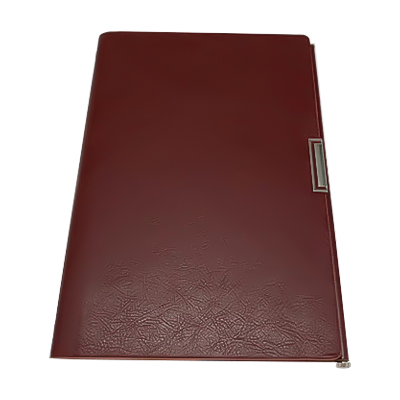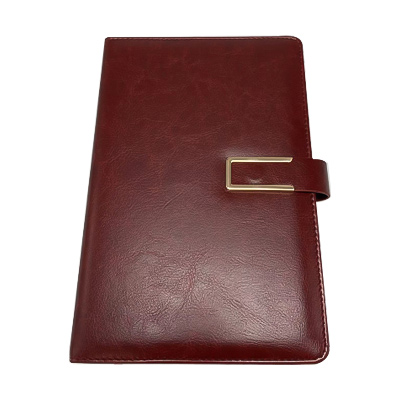1. Pulp preparation: The process of manufacturing white-backed double-layer board paper starts with selecting the appropriate wood pulp. Various types of wood pulp, recycled paper, or a combination of both can be used. The selected pulp is processed to break it down into fibers.
For example, manufacturers may choose to use sulfate pulp, which is typically derived from pine and other coniferous species. Kraft wood pulp is commonly used in the production of cardboard due to its long fibers, high strength, and good water resistance.
2. Pulp Bleaching (Optional): If a bright white surface is desired, the pulp may be bleached to remove any color and achieve a higher brightness.
For example, oxidative bleaching (Oxygen Delignification) is a method used to remove part of the lignin in the slurry, thereby increasing the brightness.
3. Paperboard forming: The prepared pulp fibers are mixed with water to form pulp slurry. This slurry is then conveyed to the forming section of the paper machine where it is spread evenly to form a wet board paper.
For example, the process is similar to a giant sieve through which fibers are dispersed throughout the cardboard surface to ensure uniformity across the cardboard surface.
4. Coating Application: To create a white coated surface, a coating mixture is applied to one side of the wet cardboard paper. This coating usually contains various minerals such as kaolin or binders. It is applied evenly over the cardboard surface to ensure consistent coating thickness.
For example, the coating may include a polymer emulsion to provide adhesion and gloss to the coating.
5. Drying: The coated cardboard passes through a series of drying rollers to remove excess moisture and fix the coating. This process can involve steam heated drums or hot air drying methods.
Drying drums, for example, can ensure that cardboard dries evenly by controlling temperature and humidity to avoid ripples or wrinkling.
6. Finish Treatment: After drying, the cardboard may go through a finish treatment process, which involves passing it through a smooth roller through a finish machine to improve surface finish and brightness.
For example, by enhancing the smoothness treatment, you can ensure that the printed matter has better printing quality and visual effects on the cardboard surface.
7. Cutting and rolling into rolls: Once the cardboard is finished drying and processing, it can be cut into required paper sizes as needed, or rolled into rolls, depending on the end use and customer requirements.
For example, manufacturers can cut white-backed double-layer board paper into standard paper sizes according to customer needs for use in the production of packaging boxes.
8. Quality Control: During the manufacturing process, quality control measures are implemented to ensure that the cardboard meets the prescribed requirements for thickness, coating quality and other parameters.
For example, manufacturers may use automated inspection equipment to monitor coating uniformity and adjust the coating process to ensure quality.
9. Packaging: The finished white-backed double-layer board paper is packed and ready to be distributed to customers for various applications such as packaging, printing and graphic arts.
For example, cardboard may be boxed to ensure it is not damaged during shipping and storage.
Coated White Card Paper FIV-Reel Paper
Coated White Card Paper FIV-Reel Paper
BASIS WEIGHT g/㎡:250/300/350/400
PACKAGING:Reel with Kraft Paper Wrapped
Fine and smooth surface with good strength. Wide range of application for postprocessing. Packaging for medicines, household products, cosmetics, electronics, stationeries, tools, etc.

 English
English Deutsch
Deutsch Français
Français Español
Español русский
русский عربى
عربى





